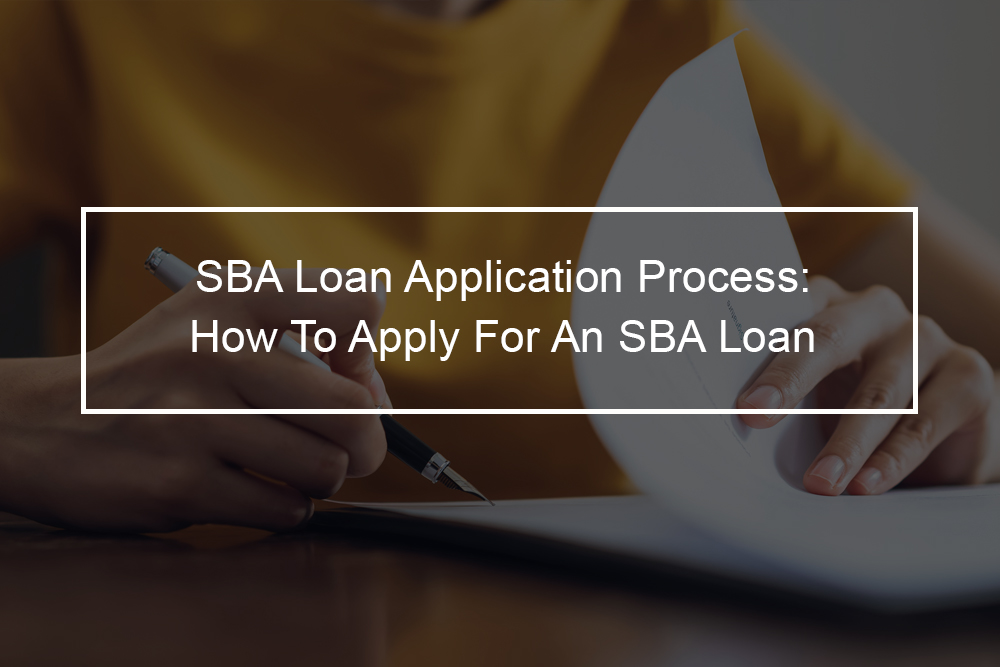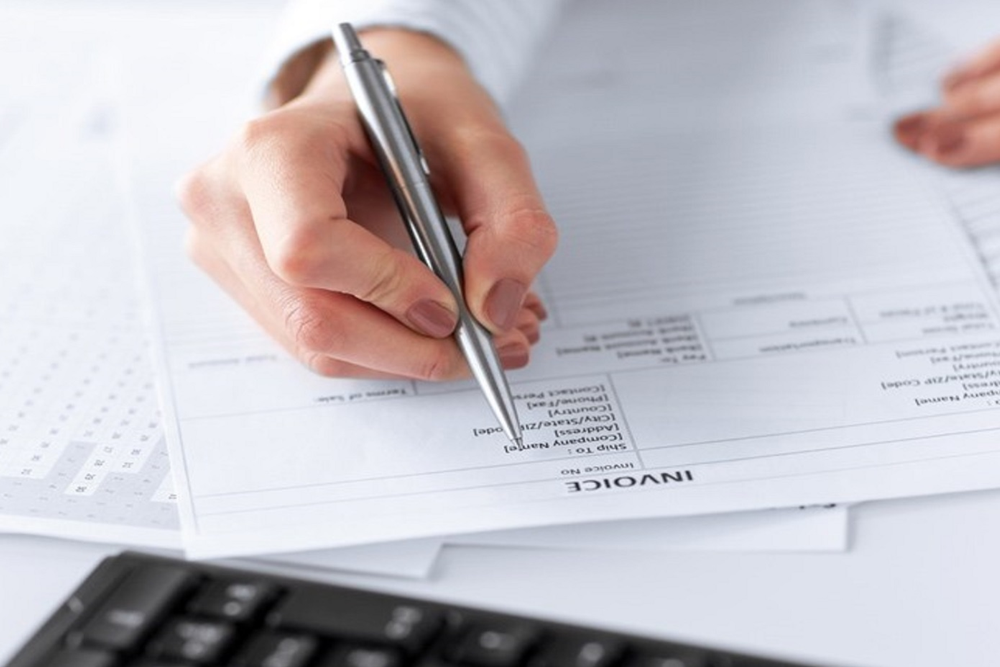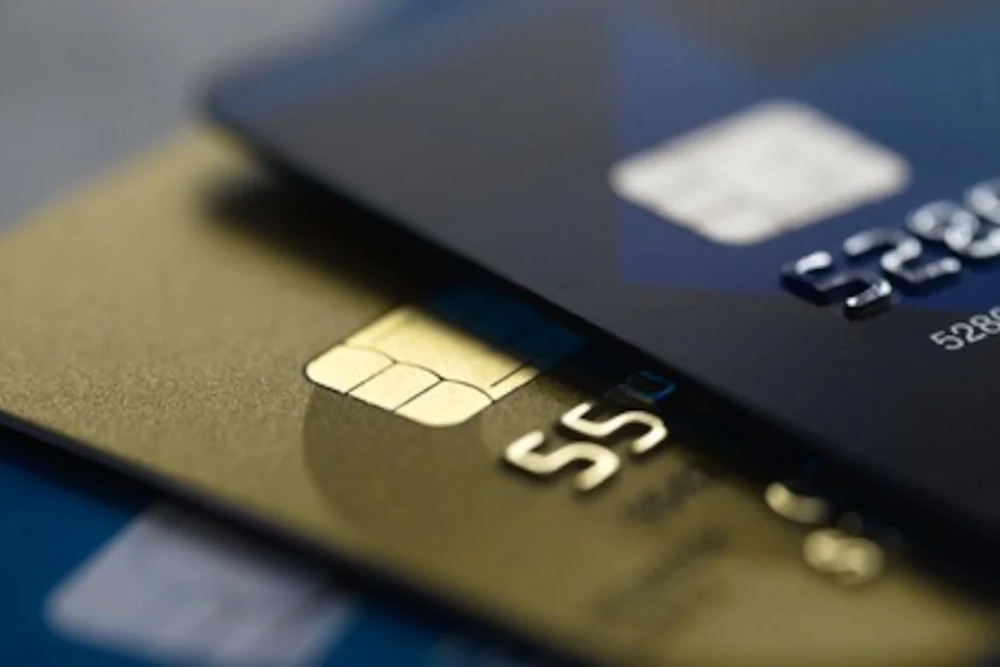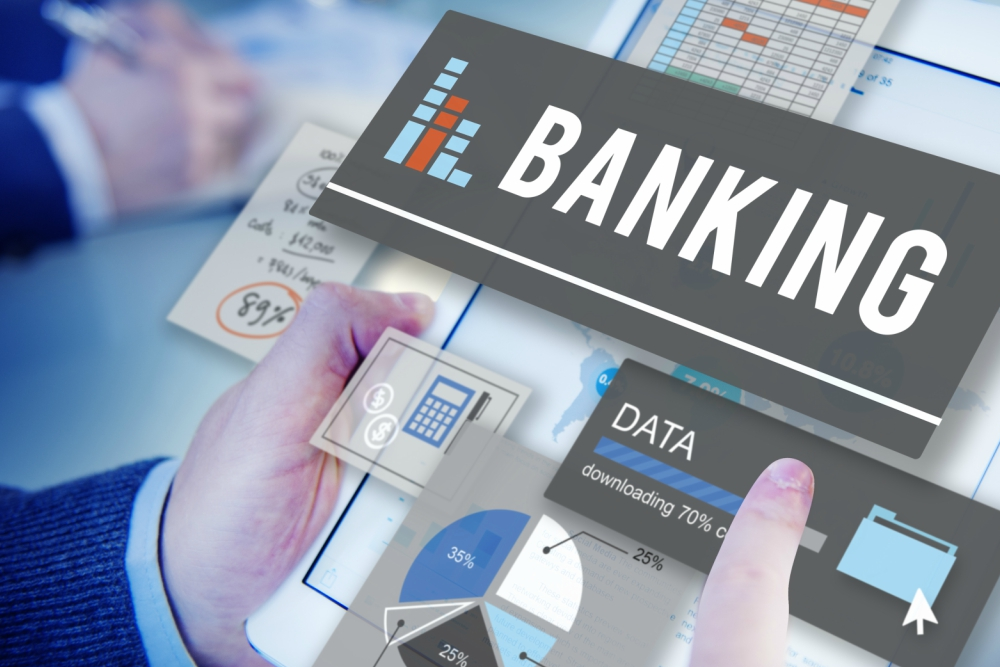
Step by step guide to apply for an SBA loan and get approved
If you seek a Small Business Administration loan, applying for one can take months from start to the end. There is the application to fill out documents to get together, forms to complete, and government-issue jargon to translate. Reserve at least a few hours to apply for the loan and consider working with a friend, SBA loan expert, or business partner to make it easier. The steps below cover the process from what you need to do before you apply, to completing additional forms that may be required with your application.
Step 1: Check your eligibility
Before you even start your application, ensure your business is eligible. The SBA may be open to companies that do not generally qualify for loans; however, it still has strict eligibility criteria. The SBA’s most general requirements include the following:
- Proof that the business tried and failed to get funding from other lenders
- In business at least two years
- For-profit, US-based business in an eligible industry-vice and loan packaging generally can not qualify
- Good to excellent personal credit score for all major owners
- Owners have invested a considerable amount of equity in the business
- Meet the SBA’ s definition of a small business
- No defaults or delinquencies on government loans
Your program or lender might also have additional eligibility requirements. Your business can qualify for an SBA startup loan via the 7(a) program if it does not meet credit score requirements or the time-in-business. Some SBA lenders also need collateral in the form of the business or business owners’ assets. The collateral generally backs the portion of the loan that the SBA does not cover, typically between fifteen-percent and fifty percent- with your personal assets.
Step 2: Choose a program
Simply because most businesses go to the SBA 7(a) program, it does not necessarily mean it is right. Select a program that works best for your business. Below are some of the most common SBA loans.
- SBA CSPLines: Falling under the umbrella of the 7(a) loan program, the CAPLine is the SBA’s standard utilizing a line of credit up to $5 million.
- SBA 7(a): The 7(a) plan actually covers various kinds of SBA loans. However, the standard 7(a) loan is a term up to $5 million that any qualified business owner can get for almost any legitimate purpose.
- SBA 504: These term loans are typically for purchasing fixed assets such as real estate or equipment to assist a business to expand, which serves as collateral. This program needs a down payment of around ten to twenty percent, and rather than applying through a lender, your business applies via a CertifiedDevelopment Company.
- SBA Export programs: The SBA provides three programs designed for small export businesses that generally have trouble getting a business loan. These include the SBA Export Express Program, the International Trade loan program, and the Export Working Capital program.
- Disaster Assistance: This plan was made to assist businesses to get back on their feet after experiencing physical damage or financial difficulty from a disaster such as a hurricane or a coronavirus pandemic. They come with very low rates, in amounts up to $2 million.
- SBA Paycheck Protection Loan: The SBA launched the new Paycheck Protection Loan program to assist small businesses, sole proprietors, independent contractors, and nonprofits influenced by the coronavirus outbreak. The application procedure is much easier than for traditional SBA loans.
Step 3: Find a lender
The SBA does not provide loans itself. Instead, it operates with lenders who offer the loan and process the application. It is the lender that sets credit qualifications and determines whether or not your business qualifies. You have several options when looking for the best lender. Using a referral service or search for lenders on your own. Referral services such as SmartBiz are great for businesses that are not experienced with lending or do not have the time to do an extensive comparison themselves.
Nonetheless, they are generally limited to their lenders’ network, so you will not be selecting from a big pool. You also may have to pay fees for their services, making it more costly. If you are looking for a lender on your own, ensure you answer the following questions when comparing lenders:
- Does the lender offer the SBA program that I need: Most lenders provide 7(a) and 504 loans; however, you might have to dig deeper to find other kinds of SBA funding.
- How much money can I borrow? If the loan amounts are too high or high for your funding needs, you may want to look at other lenders.
- Do you qualify for the loan: Lenders often include credit score cutoffs and qualification standards for every program’s SBA requirements. Ensure you and all major business owners meet these standards before you begin an application.
- Is there a down payment: Some Small Business Administration loans come with a down payment. Ensure your lender charges an amount you can provide upfront.
- What are the interest rates for the lo: The SBA caps its interest rates comparatively low per year- typically around nine-percent; however, lenders are free to provide rates within that range. You can often select between variable and fixed rates. Ensure your lender is providing the kind of rate your business needs.
- How much collateral will you need and what kind: Different lenders have various collateral policies when it comes to SBA loans. Ensure your business and its owners can meet the lender’s collateral policies for your kind of loan.
- Is the lender SBA preferred: These lenders have a track record of offering SBA loans to small businesses and are familiar with negotiating this frequently-confusing procedure.
- How long will it take: If your company has a deadline for financing, you will particularly want to pay attention to the period it takes to get approved and the entire duration of the application.
- How is customer service? SBA loans are not the type of business loan you can apply for on your mobile phone. Most likely than not, you will have questions to ask, so customer service is vital.
Step 4: Collect your paperwork
After you have found the right referral service or lender, it is time to begin gathering the documents you need. Whereas it depends on the lender and kind of program you are applying to, most business owners will require to offer the following information at a minimum:
- Business leases and licenses
- Proof of ownership
- A business plan, incorporating an overview and history
- Resumes of every owner
- Personal financial statements for every business owner
- Two years of personal tax returns for every owner
- Two years of business tax returns
- A current balance sheet
- A current profit and loss statement
- A cash flow statement
- Financial predictions for the next one to three years
- A detailed list of how your company plans to use the money
- How much your business needs to borrow
If any business owner owns twenty-percent or more in another business, they will possibly have to provide details on that business as well, mainly financial statements. If you intend to purchase another business with your loan, you will also need to offer financials on that business, incorporating tax returns and the purchase agreement.
Step 5: Fill out the application form
Like with documents, credit requirements, and rates, the application also varies from lender to lender. Nonetheless, a lot of information should already be in your business plan. Be prepared to offer:
- Details on how your business intends to pay it back
- Particulars on how your business will use its SBA loan
- Details on other government-issued debt, such as USDA financing or SBA loans
- An ownership breakdown by percentage
- Basic information about your business, like contact information and how many employees work there
- An executive summary
Step 6: Fill out the forms
No SBA application is complete without various forms. Based on your business owner’s personal histories, loan type, and business type, your business will possibly need to fill out a minimum of two forms. Below are some of the most popular forms SBA businesses need to fill out:
Borrower Information Form: BA Form 1919
All Community Advantage and SBA 7(a) program applicants must fill out the borrower information form. It offers the SBA and your lender basics on both the business and all owners and investors or affiliated businesses. Your lender utilizes this form to check your business’s eligibility, like making sure that there are no conflicts of interest. It also uses this to determine if your business or its owners require to fill out other forms.
Personal financial statement: SBA Form 413
All 504 and SBA 7(a) applicants are required to fill out a Personal Financial Statement for every business owner or cosigner. It goes into detail about every owner’s household liabilities and assets. These include life insurance policies, real estate, and debt and even the value of that silverware set you inherited from your granny. Navigating this form is a little challenging, mainly if you are not an accountant.
Fee Disclosure Form: SBA Form 159
This form is actually the SBA’s way of protecting borrowers from paying unnecessary fees- or too much for legitimate services. All applicants applying for a 504, 7(a), or disaster assistance loan need to submit this form if they received assistance from an agent. The form itself is simple, but navigating the SBA jargon is not for amateurs. Figuring out who needs to complete it, in anyone, generally takes more time than anything else.
Statement of personal history: SBA form 912
All cosigners and business owners need to complete a Statement of Personal History if even just one has had a dispute with the law. Generally, it asks for details on any past or current criminal convictions, including recent arrests for a misdemeanor. Your company is not eligible for an SBA loan if one of the owners is involved in criminal proceedings- and no, they can not sell their shares to become eligible. Applying may be the most intensive part of the application process; however, it is not quite over after you submit all of your forms and documents to your lender. You will wait for the letter of intent, wait for underwriters to review your application, sign the commitment letter, and close the loan.











